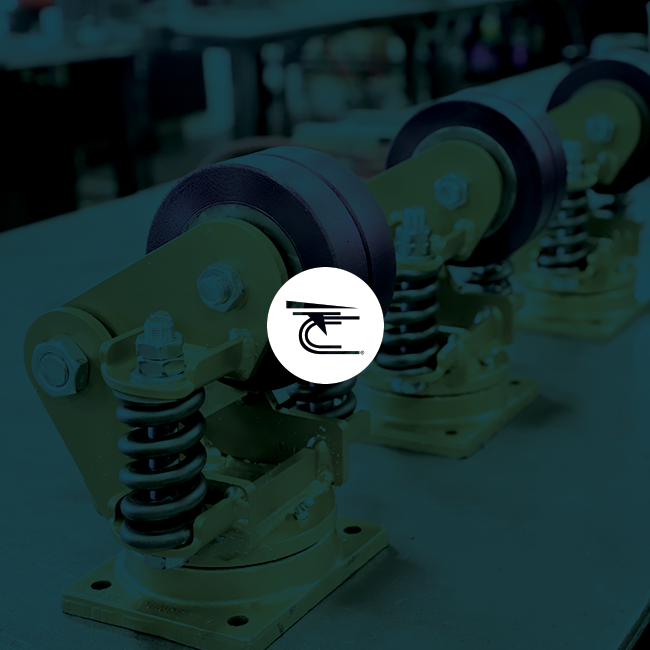

Ask anyone on the street about the leading cause of workplace injuries, and you’d be hard pressed to find many people who would foster an accurate guess.
Often, it is the most visible of workplace accidents that gain the most attention – falls, strikes, vehicle accidents and entanglements with machinery are the ones most often cited, given their physical and lasting manifestations.
You may be surprised to learn that, in fact, overexertion – a largely invisible, yet vexing issue for those experiencing its effects — is the leading cause of workplace injuries. It’s a problem that costs employers more than $15 billion per year, according to the “2014 Liberty Mutual Workplace Safety Index”, a study conducted with the US Bureau of Labor Statistics.
Pushing, pulling, holding, lifting, carrying and throwing are all repetitive motions that, when performed hundreds of times per day, can take a toll. Even in today’s manufacturing environment, with high levels of automation, the incidence of overexertion injuries continues to escalate. In fact, many processes involving the transport of materials in a manufacturing facility have re-introduced the human factor, as a means of saving money and enhancing efficiency.
An often overlooked – but critical – component in this paradigm is the industrial caster wheel. The ability to swivel, roll and maneuver with ease can unequivocally mean the difference between a healthy worker, and one that is out on worker’s compensation due to overexertion. The tendency in today world is to believe the heavy-duty caster wheel is strictly a commodity item, and that one industrial caster is like all the rest. When it comes to ergonomics and injuries, nothing could be further from the truth.
At Caster Concepts, we are committed to reducing overexertion injuries and has created a complete line of products that reduce energy exerted to start rolling, turn, continue rolling and maneuver. TWERGO® Wheels, ERGOXCEL™ Rigs and ErgoTread Polymers are specially engineered to reduce energy exerted, contact us to find out more:
Check out our Configurator (customer configuration web tool) to learn more about caster customization, or even create your own custom caster and obtain a CAD Model, at